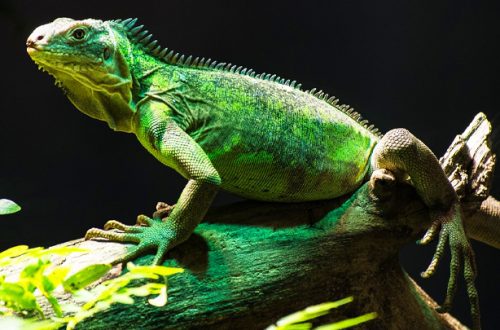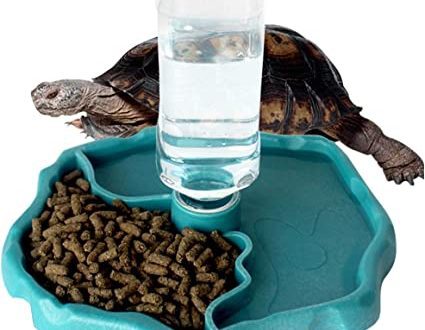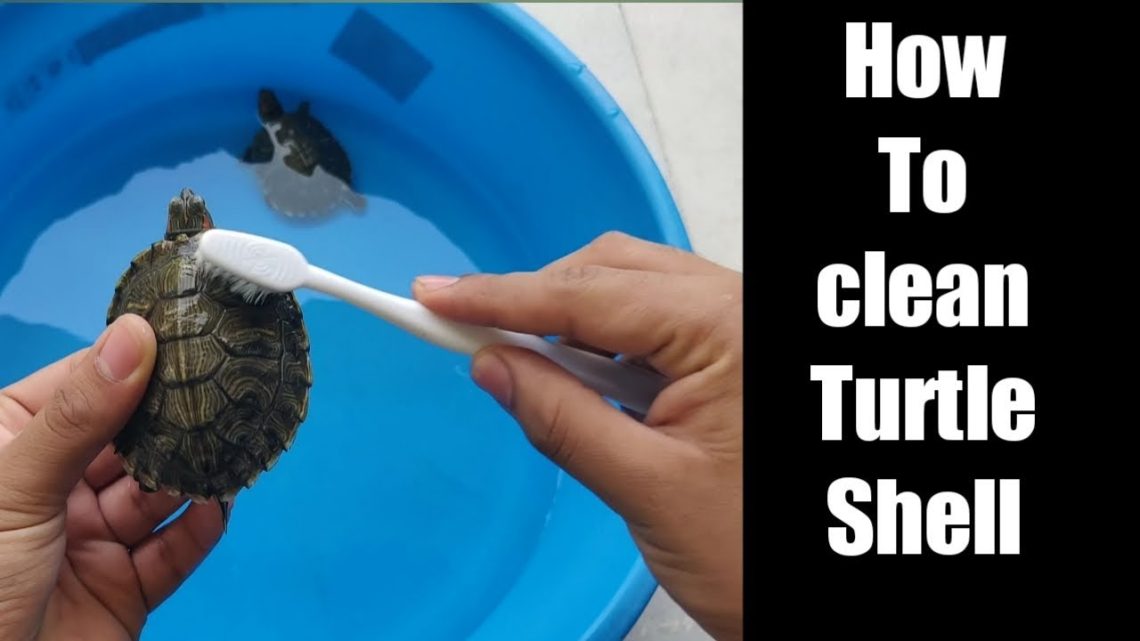
How to clean the shell of a turtle, how can you wash it at home
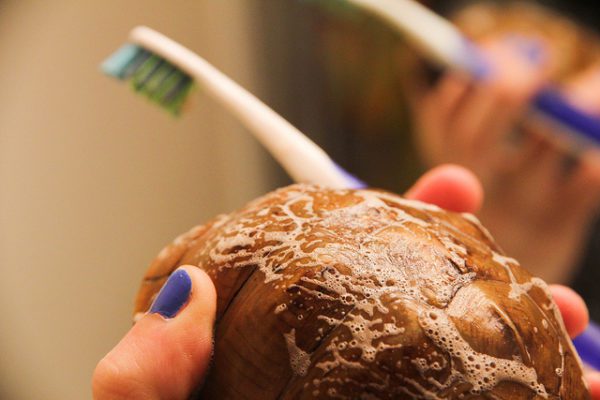
The tortoise shell has a reputation for being tough, devoid of feeling armor. Herpetologists have proven that this is not so. It is permeated with nerve endings, and the animal feels even light touches. Injuries in the form of scratches, chips, and cracks can pose a serious threat. It is necessary to care for the shell carefully and carefully so as not to harm the health of the reptile and not cause discomfort.
General rules:
- you can wash the tortoise shell and skin with a soft sponge and clean water;
- it is permissible to use baby hypoallergenic soap no more than once a week;
- products with aromatic fragrances and chemical composition are dangerous for the health of the pet;
- it is recommended to refuse the use of abrasives, scrapers, brushes and hard sponges, they can cause injury;
- bathing water temperature should not exceed 35 degrees;
- do not keep the animal under a running stream from a tap.
Central Asian, like any reptile from the detachment, water procedures are useful. The frequency of bathing depends on the age, health and habits of the animal.
Contents
Cleaning the shell of a tortoise
The carapace and plastron are updated only in aquatic species of the family. Land tortoises do not shed their shells. If the pet’s shields begin to peel off and peel off, it is worth consulting with a herpetologist.
Dried dirt can be soaked in a bowl of warm water, or soaked with a damp cloth. Avoid using brushes, scrapers and chemicals.
Formations on the shell may be of fungal origin. In this case, the intervention of a veterinarian will be required.
Cleaning the shell of a red-eared tortoise
Freshwater species spend most of their lives in the liquid, but the hygiene of their carapaces is more difficult than caring for a land tortoise. Armor issues are most often caused by unfavorable containment conditions. Caring for a red-eared turtle’s shell includes brushing if necessary.
Green algae can grow on the shell of the red-eared turtle. This is facilitated by the remnants of food in the water and the bright lighting of the aquarium. An abundance of plants can cause stratification of the shell and detachment of the scutes.
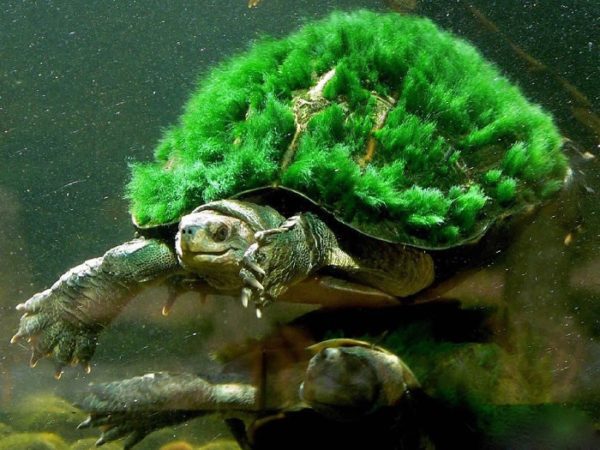
In the early stages, algae can be removed with a soft, damp sponge. Otherwise, the shell is treated with Lugol’s solution.
Method of dealing with the problem at home, if the sponge does not help:
- Rinse the shell with a damp cloth and dry.
- With cotton wool, apply a thick layer of Lugol to the affected areas.
- Prepare a temporary dry enclosure with a lamp so that the reptile can bask or hide in the shade.
- Hold the turtle in the prepared place for 2-4 hours.
- During this time, it is recommended to wash the aquarium in the usual way and change the water.
- Wash the animal from the product and place it in the aquarium.
- During the procedure, it is necessary to avoid getting the drug on the mucous membranes.
Brown algae are removed by the same means. They usually arise from a lack of lighting in the aquarium. To increase immunity, it is worth injecting Eleovit, on your own, or at the veterinarian.
The fight against white bloom
Light formations on the shell can be a symptom of various disorders and diseases. Their discovery is an occasion for a thorough examination of the pet. The most unpleasant of the probable causes is the development of the fungus.
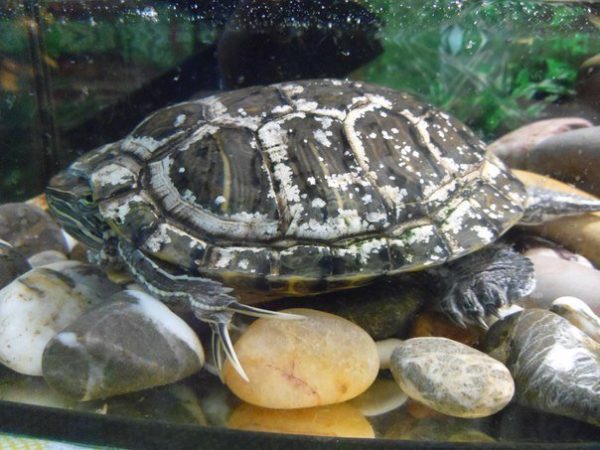
During seasonal molting, between the layers of the exfoliated shell, air bubbles may look like a white coating.
Symptoms that require a visit to the veterinarian:
- the animal shows apathy or anxiety;
- tissues under fallen scales are soft, pliable;
- the presence of inflammation, ulcers, crusts on the shell or skin;
- unpleasant smell.
The most common cause of white plaque in everyday life is hard water. Salts settle on the shell, harden and are difficult to clean. Usually, the sediment covers the surfaces of the aquaterrarium simultaneously with the armor. You can clean the shell of a red-eared turtle from plaque with lemon juice diluted 50% with water. Usually it is required to wipe the affected surface several times. It is not recommended to abuse the remedy, so it is better to take care of prevention. Only soft, purified water can be used in the aquarium.
How to care for the shell of red-eared and tortoises
3.1 (62.61%) 23 votes



